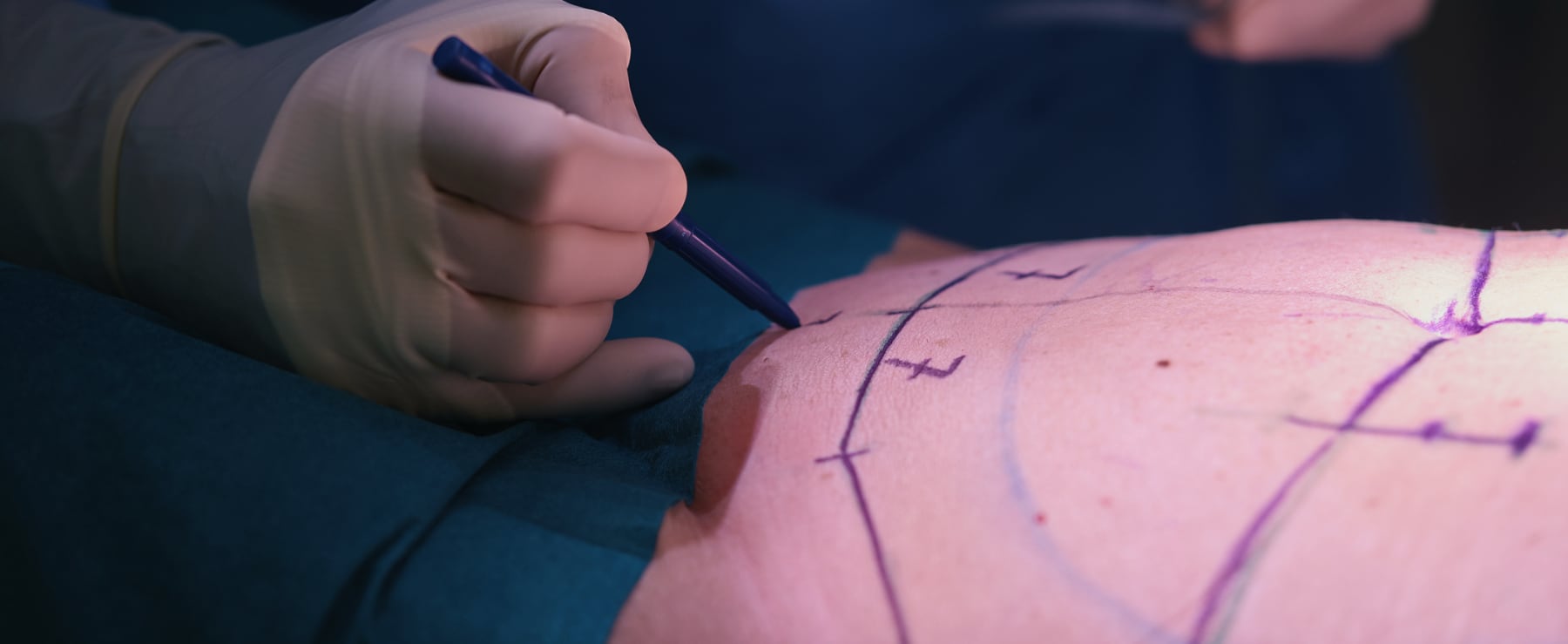A/Prof Jaber offers abdominoplasty procedures to help patients achieve a flatter, firmer abdominal profile. Whether you’re looking to restore your body’s natural contours after weight fluctuations, pregnancy, or ageing, A/Prof Jaber brings extensive expertise and a patient-centred approach to guide you through every step of the journey.
What is Abdominoplasty?
Abdominoplasty, commonly known as a tummy tuck, is a surgical procedure designed to remove excess skin and fat from the abdominal area while tightening the underlying muscles. This procedure can significantly improve the shape and firmness of the abdomen, making it particularly beneficial for those who struggle with loose or sagging skin that does not respond to diet or exercise.
Who is Abdominoplasty For?
Abdominoplasty is ideal for individuals who:
- Have excess abdominal skin due to significant weight loss (often after bariatric surgery).
- Experience stretched or separated abdominal muscles (diastasis recti) following pregnancy.
- Seek to remove stubborn fat deposits in the midsection.
- Want to enhance their abdominal contours and restore confidence in their appearance.
This procedure is not a substitute for weight loss or an appropriate exercise routine. It is most suitable for individuals who are at a stable weight and maintain a healthy lifestyle.
Types of Abdominoplasty
A/Prof Jaber tailors each abdominoplasty to suit the unique needs of the patient. Options include:
- Full Abdominoplasty: Ideal for those with significant skin and muscle laxity, this comprehensive procedure involves tightening the muscles, removing excess skin, and repositioning the navel.
- Mini Abdominoplasty: A less invasive option for individuals with minimal skin laxity below the navel. This procedure focuses on the lower abdomen without affecting the navel.
- Extended Abdominoplasty: Suitable for patients with excess skin extending beyond the abdomen, such as after significant weight loss. This procedure addresses the flanks and lower back for more comprehensive contouring.
The Procedure
The surgery is performed under general anaesthesia and typically takes 2–4 hours, depending on the complexity. During the procedure, A/Prof Jaber will:
- Make a carefully placed incision, usually along the lower abdomen, to minimise visible scarring.
- Remove excess skin and fat.
- Tighten the abdominal muscles for improved core strength and contour.
- Reposition the skin and navel for a natural appearance.
Recovery and Aftercare
Patients typically require 2–4 weeks of recovery before resuming normal activities. Swelling and discomfort are expected in the early stages but improve with time. A/Prof Jaber will provide detailed aftercare instructions and ongoing support to ensure optimal healing and results.
Key recovery tips include:
- Wearing compression garments to reduce swelling.
- Avoiding strenuous activities for 6–8 weeks.
- Attending follow-up appointments to monitor healing progress.
Why Choose A/Prof Jaber?
A/Prof Jaber is a highly skilled and experienced surgeon who is dedicated to delivering personalised care. He combines advanced surgical techniques with a compassionate approach to help patients achieve their desired outcomes safely and effectively.
Book a Consultation
If you’re considering an abdominoplasty, A/Prof Jaber is here to guide you through the process. Book a consultation today to discuss your goals and learn how this procedure can transform your confidence and quality of life.
Image:




